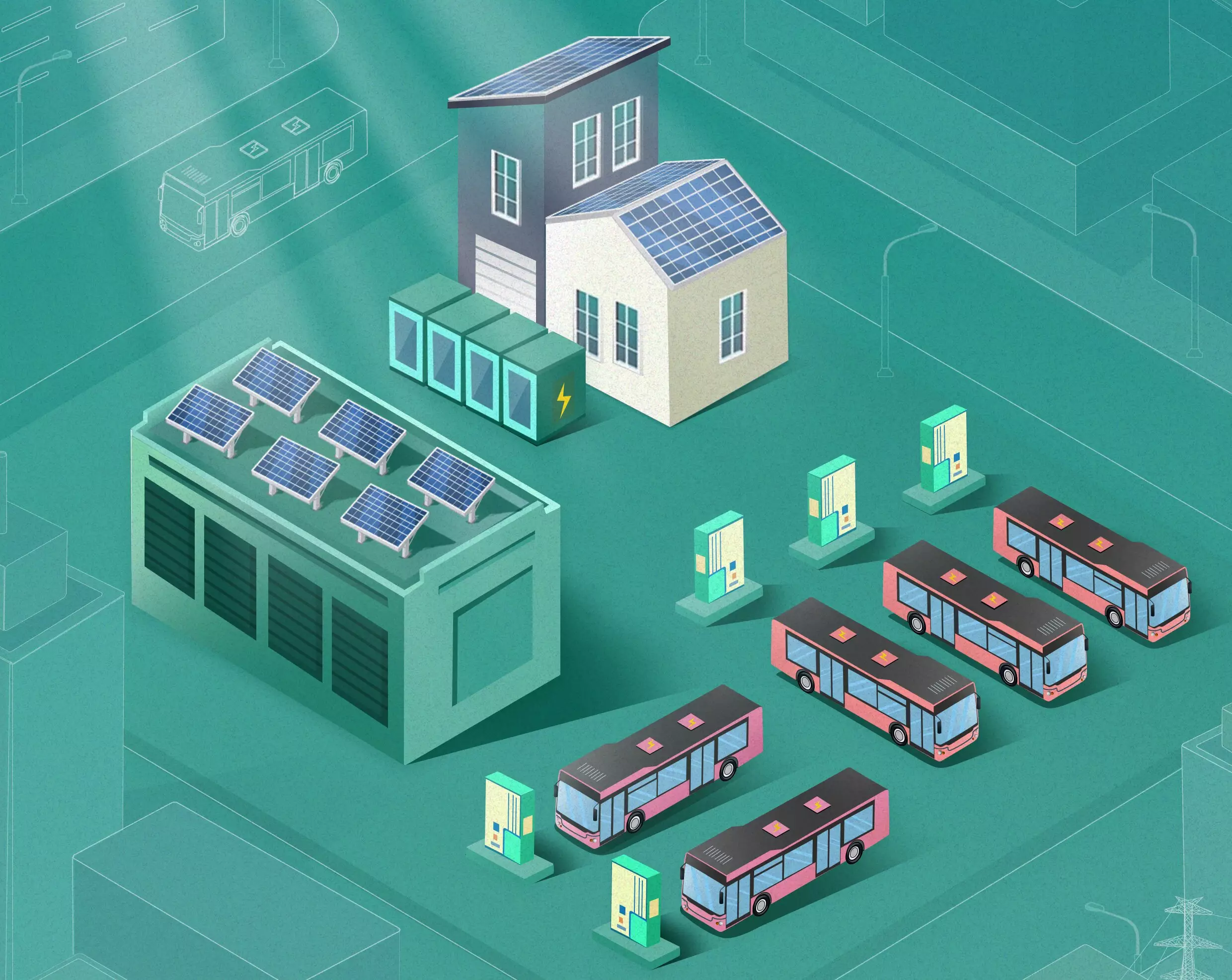In the fight against climate change, the electrification of transportation has emerged as a vital strategy for reducing carbon emissions. Across the globe, governments and corporations are investing significantly in transitioning both public transport systems and private vehicles from fossil fuels to electric power. China stands at the forefront of this movement, having initiated its journey with the implementation of electric buses (EBs). However, while electrification promises several environmental benefits, it also raises concerns regarding the potential impact on electrical grids, necessitating a thorough evaluation of these transitional effects.
The rapid advancement of electric vehicle (EV) adoption is evidenced by recent statistics. In 2023, electric car sales surged to nearly 14 million, cumulatively bringing the global number of electric vehicles to 40 million, as noted by the International Energy Agency. Xiaolei Ma, a co-author of an enlightening study from Beihang University published in *Nature Energy*, articulates a significant dilemma: with rising EV usage comes elevated charging demands. These demands place increasing stress on power grids, leading to higher operational costs and greater risks of overloads.
The environmental gains associated with the electrification of public transportation could ultimately be undermined if this shift does not align with a corresponding move towards renewable energy sources. Previous research has begun to probe the potential of integrating solar photovoltaic (PV) systems with charging stations. Yet, the specific ramifications of transitioning to electric buses in urban landscapes, such as Beijing, remain under-explored.
Addressing this gap, Ma and his research team set out to paint a comprehensive picture of the transformation of public transport depots in China into renewable energy centers. Their primary goal involved developing an integrated framework, one that utilizes both data analysis and modeling techniques to offer critical insights into the wide-scale adoption of solar PV and energy storage in urban transit systems.
To assess the implications of converting Beijing’s bus fleet to electric, the researchers analyzed extensive datasets, including GPS trajectories, vehicle specifications, and depot characteristics, alongside historical weather patterns and solar irradiance data. By running simulations based on these variables, the team constructed a baseline scenario predictively illustrating what complete electrification of Beijing’s bus fleet might entail.
The simulation rigorously estimated the energy consumption of electric buses, optimized battery capacities, and scheduled charging times under ideal conditions. The research team projected a 25-year future rollout beginning in 2021, which would entail transforming each public transport depot into a renewable energy hub. The anticipated results from these simulations were illuminating: solar PV systems would reduce the grid’s net charging load by 23% during sunlight hours and diminish peak charging loads by 8.6%. The inclusion of energy storage solutions further amplified these benefits to 28% and 37.4%, respectively.
The findings underscore not only the environmental but also the economic sustainability of such an electrification initiative. While unsubsidized solar PV installations proved to yield profits significantly above operation costs, adding battery storage reduced overall profits. The study revealed that, despite the economic challenges, resulting reductions in carbon emissions were substantial.
The implications of this research extend beyond Beijing; they could influence policymakers and urban planners in China and worldwide. This work encourages the exploration of solutions to alleviate stress on electricity infrastructures while developing electric public transit systems. The results could inform energy policies and catalyze the integration of renewable energy sources in other high-energy-consumption environments, such as charging hubs for electric vehicles and train stations.
The transition to electric public transport in metropolitan areas, exemplified by the case of Beijing, holds the promise of significantly curtailing carbon emissions. As described by Ma, the research team’s findings could provide a roadmap for future projects, cultivating a synergy between transportation electrification and renewable energy use. This potential transformation could ultimately pave the way for a sustainable transportation future, contingent upon innovative strategies to manage the additional power demand from electric vehicles while maximizing the benefits of renewable energy technologies. As cities around the world confront the need for greener alternatives, initiatives like this may well stand as models for successful adaptation to the realities of climate change.


Leave a Reply